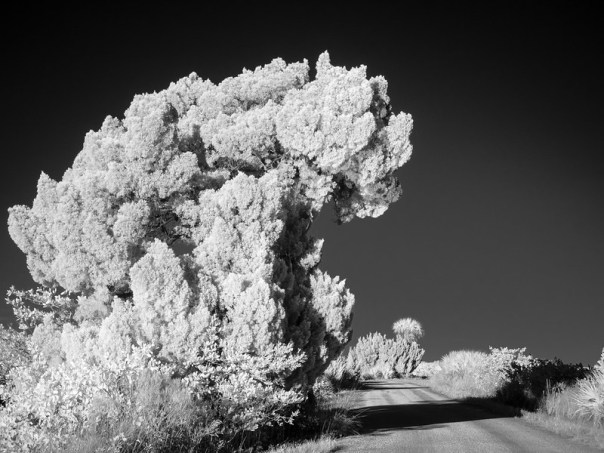Although there’s no official definition, Wikipedia’s article about Central Florida (https://en.wikipedia.org/wiki/Central_Florida) says Jacksonville is outside the region. I also consider it to be outside the region – it’s such a long drive and I seldom go up there. But there are a great many photo ops around the city and it’s well worth exploring.
Which is what MK, Lynn, and I did last weekend. And it was a great weekend for a day trip to national parks and monuments since August 25, 2016 was the 100th anniversary of the National Park System.
Our first stop (other than breakfast!) was at the Fort Caroline National Memorial, which was one of the first French settlements in America (around 1562). The rangers were setting up to serve National Park birthday cake when we were there. The rain started coming down pretty hard and I’m trying to control calories, so we moved on.
 Fort Caroline rampart. Along the St. Johns river near Jacksonville, Florida.
Fort Caroline rampart. Along the St. Johns river near Jacksonville, Florida.
I haven’t used my infrared camera for a while and brought it along this time. Most of the photos I liked best from this trip were IR. Kingsley Plantation is a well preserved / restored example of pre-Civil War Florida homesteads. Zephaniah Kingsley moved there in 1814. The site does a good job describing life during those times, including the use of slave labor to produce cotton, citrus, sugar cane, and corn. Tours inside the plantation house are by reservation only and were full so we’ll have to see that next time.
 Kingsley Plantation – main house. 5 frame infrared panorama
Kingsley Plantation – main house. 5 frame infrared panorama
On the way up to Cumberland Island National Seashore, Lynn discovered Amelia Island Light in Fernandina Beach. We managed to find it in the middle of a neighborhood after a wrong turn or two. I’m glad we went by – I thought the vultures flying around the structure were photogenic. I’m also glad I could add it to my collection of Florida lighthouse photos.
 A Kettle of vultures around Amelia Island Light. I combined birds from several infrared exposures to capture as many of the birds as possible in my image.
A Kettle of vultures around Amelia Island Light. I combined birds from several infrared exposures to capture as many of the birds as possible in my image.
You get to Cumberland National Seashore via ferry from Saint Marys, Georgia. The ferry’s also by reservation and runs only twice a day, so if you want to spend time on Cumberland Island, plan in advance. I wandered down the street while MK and Lynn finished in the gift shop and found this interesting old building.
 An old building in St. Marys, Georgia, across from the ferry dock. Single infrared exposure.
An old building in St. Marys, Georgia, across from the ferry dock. Single infrared exposure.
This was a long drive from Winter Springs, but well worth it. We have lots of ideas for where to go back and spend more time.
If you’re interested, here’s one other blog post that includes photos from near Jacksonville (Little Talbot Island State Park). And here’s a folder where I’m collecting images from that area. Coincidentally, they’re mostly infrared.
Thanks for stopping by and reading my blog. Now, go make some photos!
©2016, Ed Rosack. All rights reserved.


